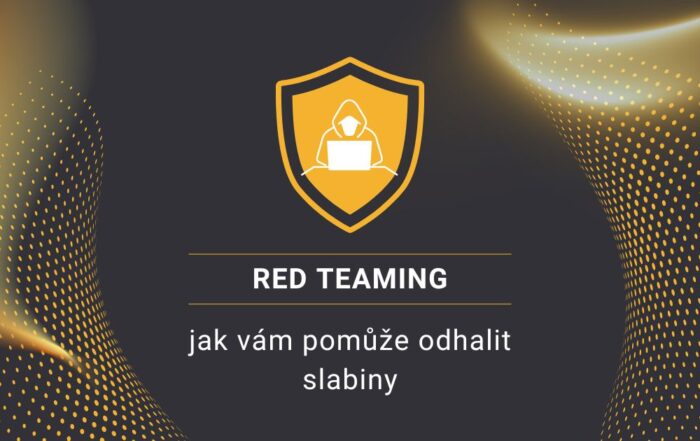Vítejte na bezpečnostní neděli – 5. Týden. náš týdenní přehled událostí ze světa kybernetické bezpečnosti (29. ledna – 04. února 2024).
Shromažďujeme pozoruhodné incidenty a zprávy o zranitelnostech z minulého týdne.
Společnost AnyDesk odhalila narušení bezpečnosti; hesla byla resetována hackery
Společnost AnyDesk přiznala nedávný kybernetický průnik, který ohrozil integritu výrobních systémů společnosti. Podle informací, které získal server BleepingComputer, hackeři úspěšně pronikli do systému a odnesli si zdrojový kód i soukromé klíče pro podepisování kódu. AnyDesk, významné řešení pro vzdálený přístup, které usnadňuje vzdálené připojení k počítačům, je široce využíváno podniky pro úkoly, jako je vzdálená podpora a přístup ke kolokovaným serverům. Bohužel je také oblíbený u škodlivých aktérů, kteří se snaží získat trvalý přístup k napadeným sítím a zařízením.
Mezi klienty společnosti AnyDesk patří 170 000 subjektů, včetně významných jmen, jako jsou 7-Eleven, Comcast, Samsung, MIT, NVIDIA, SIEMENS a OSN. Přehled incidentu Podle prohlášení z pátečního pozdního odpoledne se společnost AnyDesk o narušení dozvěděla po zjištění neobvyklé aktivity na svých produkčních serverech. Následný komplexní bezpečnostní audit potvrdil kompromitaci, což společnost AnyDesk přimělo k zapojení odborníků na kybernetickou bezpečnost ze společnosti CrowdStrike, aby situaci zmírnili. Ačkoli se společnost AnyDesk zdržela zveřejnění konkrétních informací o exfiltraci dat, bylo potvrzeno, že pachatelé získali cenná aktiva, jako jsou zdrojové kódy a certifikáty pro podepisování kódu. Součástí scénáře narušení naštěstí nebyl ransomware. Nápravná opatření společnosti AnyDesk V reakci na narušení bezpečnosti společnost AnyDesk urychleně přijala nápravná opatření, zrušila napadené bezpečnostní certifikáty a provedla nezbytnou nápravu a výměnu systému. Společnost AnyDesk ujistila své zákazníky o bezpečnosti své platformy a potvrdila, že neexistují důkazy o napadení zařízení koncových uživatelů. „Můžeme potvrdit, že situace je pod kontrolou a používání aplikace AnyDesk je bezpečné. Ujistěte se prosím, že používáte nejnovější verzi s novým certifikátem pro podepisování kódu,“ sdělil AnyDesk ve veřejném prohlášení. Ačkoli společnost AnyDesk uvedla, že nedošlo k odcizení žádných ověřovacích tokenů, z preventivních důvodů byla všechna hesla pro její webový portál zneplatněna. Uživatelům doporučujeme, aby svá hesla aktualizovali, zejména pokud jsou opakovaně používána na více platformách. Společnost AnyDesk v reakci na dotazy týkající se narušení bezpečnosti ujistila, že její konstrukce zabraňuje krádeži ověřovacích tokenů relací, protože jsou omezeny na zařízení koncových uživatelů a složitě propojeny s otisky prstů zařízení. Společnost proto zdůraznila: „Nemáme žádné náznaky únosu relace, protože podle našich znalostí to není možné.“





